8 Proven Strategies for De-escalating Irate Customers (and Why Outsourcing Your Calls Makes It Easier)
By Adom FrancisLast modified: June 17, 2025
Voted Top Call Center for 2024 by Forbes
Last modified: June 17, 2025
High-stress encounters with upset callers can sink your team’s morale and damage your brand’s reputation. With the right approach, however, you can turn a tense interaction into an opportunity to reinforce trust and loyalty. Below are eight actionable strategies to help you—and your staff—handle irate customers like pros.
1. Listen First, Speak Second
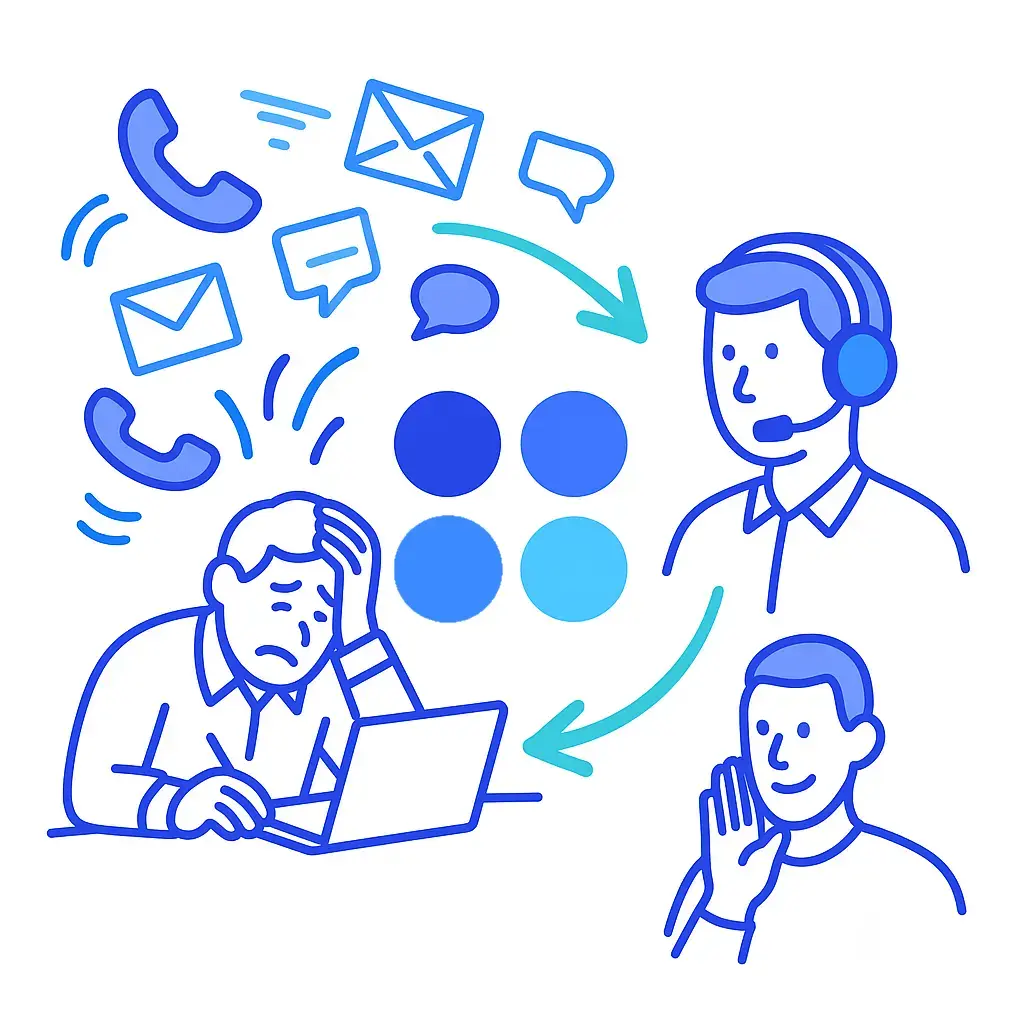
The first rule in calming down an upset caller is to let them take the lead.
When someone is frustrated, they need to feel heard; jumping in too quickly with questions or solutions can make them feel rushed or dismissed.
Instead, allow the customer to vent uninterrupted. Maintain a calm, attentive silence, punctuated only by brief affirmations like “I understand” or “Please, go on.”
As they speak, jot down critical details—names, dates, error messages—so you never have to ask them to repeat themselves. This combination of active listening and careful note-taking shows respect for their time and lays the groundwork for a targeted, efficient resolution.
2. Demonstrate Genuine Empathy

Empathy isn’t just a scripted line—it’s about reflecting the customer’s feelings back in your own words.
If they’re distressed by a billing error, you might say, “I can imagine how worrying it must be to see unexpected charges on your statement.”
That simple acknowledgment validates their experience and helps defuse defensiveness.
It’s important to keep your tone warm and sincere—customers can tell when you’re reciting a canned response. By truly stepping into their shoes, you build rapport and shift the interaction from adversarial to collaborative.
3. Control Your Tone and Pace

Lower your voice: A calm, measured tone subconsciously encourages the customer to mirror you.
Slow down: Speak at a relaxed pace, giving both you and the customer room to think.
Maintain neutrality: Avoid sarcasm or judgment, even if the caller’s language is harsh.
4. Offer a Sincere Apology
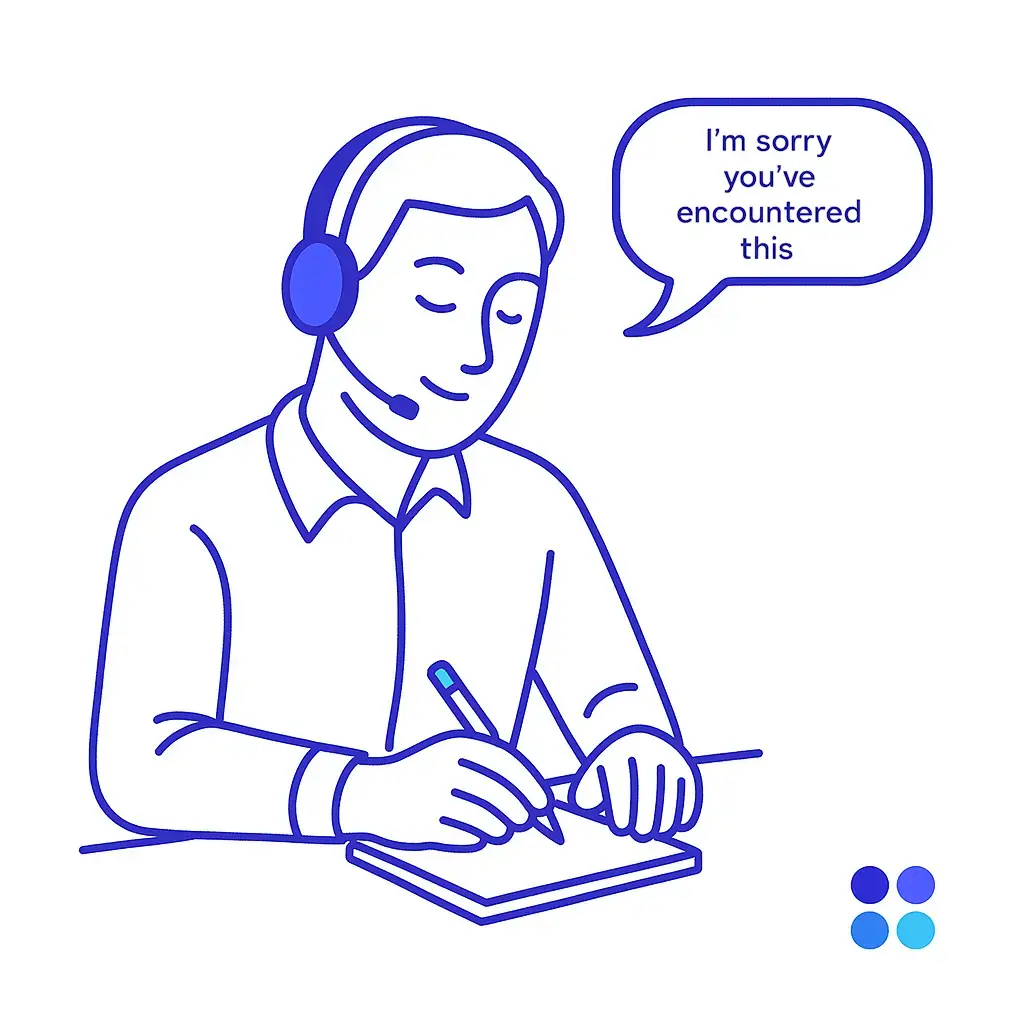
A well-crafted apology can defuse tension instantly—but only if it feels authentic.
Rather than saying, “I’m sorry if you’ve had a bad experience,” own the customer’s feelings directly: “I’m sorry you’ve encountered this problem.”
This phrasing acknowledges their reality without admitting fault on your organization’s part.
Keep it concise—long-winded apologies can sound rehearsed—and immediately follow up with your plan to make things right.
A brief, genuine apology paired with swift, decisive action demonstrates respect for the customer’s frustration and reaffirms your commitment to resolving the issue.
5. Ask Targeted Questions to Pinpoint the Issue

Open with “What” not “Why”: “What happened just before the error appeared?” feels less accusatory.
Use clarifying prompts: “When did this first start?” “Can you walk me through your steps?”
Confirm your understanding: Paraphrase (“So you saw X, then Y happened?”) before proposing solutions.
6. Present Clear, Action-Oriented Solutions
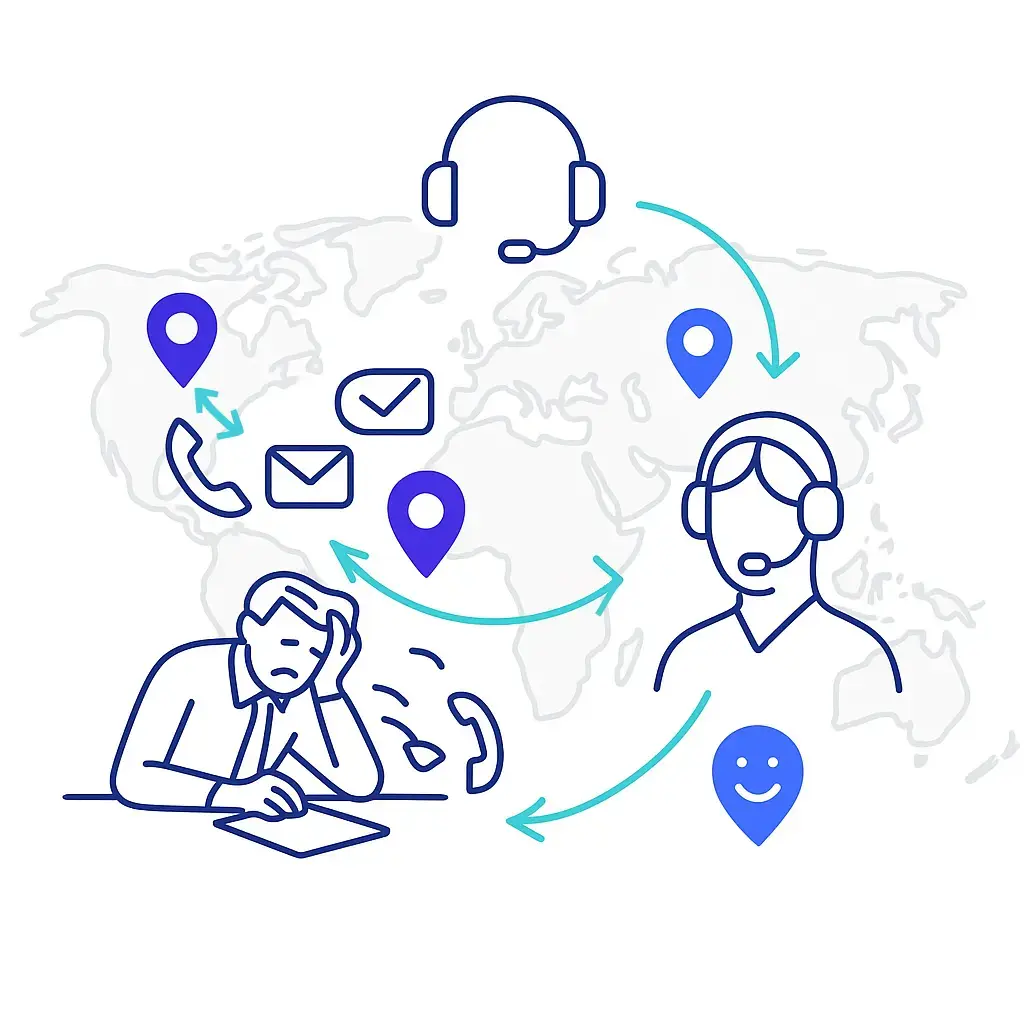
Once you’ve pinpointed the problem, confusion is your enemy.
Lay out a straightforward plan of attack: explain exactly what you’ll do, in what order, and by when.
For example, “I’ll submit a support ticket right now, and you can expect an update from me within two business hours.”
Whenever possible, offer options—perhaps a partial refund today or a faster replacement tomorrow—and let the customer choose the path that works best for them. This sense of control helps transform frustration into relief, because the caller sees concrete progress instead of vague promises.
7. Set Realistic Expectations and Follow Through
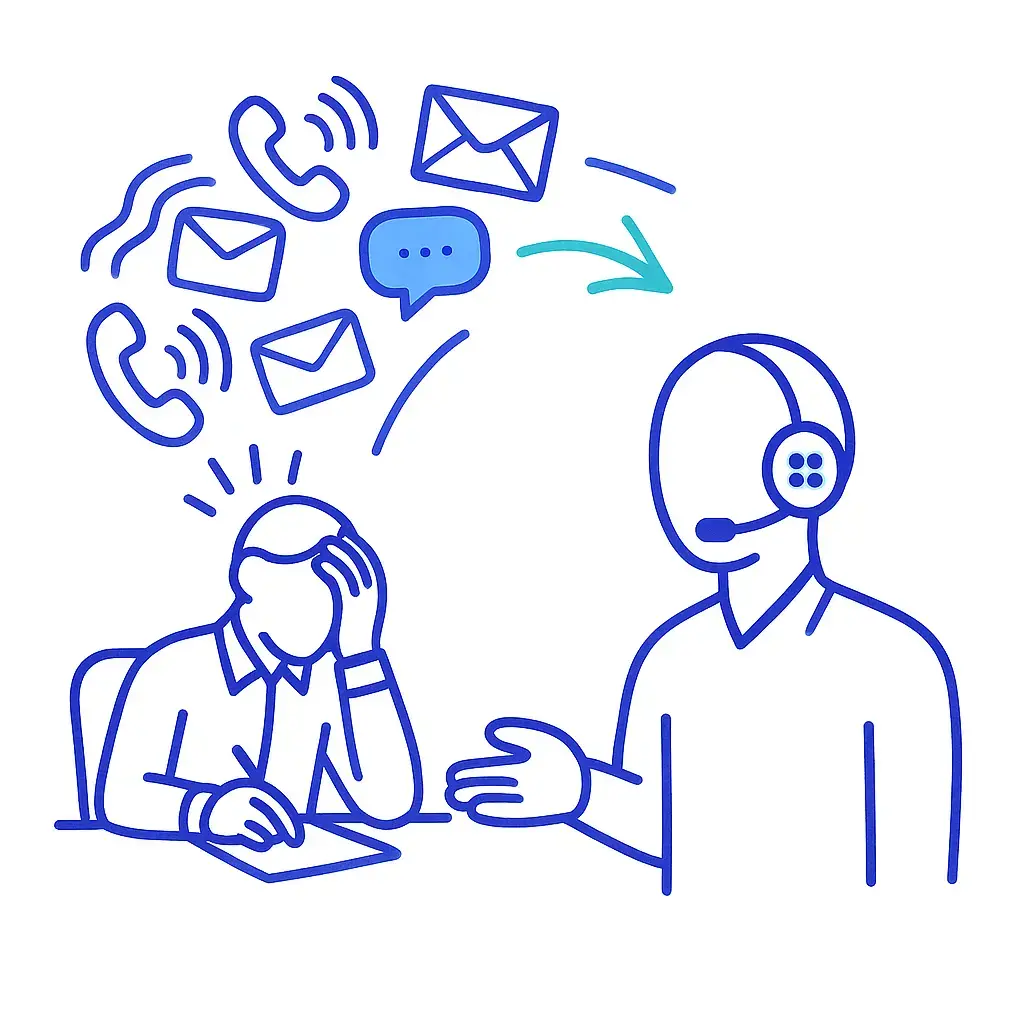
Commit to deadlines: “I’ll get back to you by 5 PM today.”
Keep the loop closed: Even if there’s no update, a brief check-in (“Still working on it—ETA tomorrow morning”) reassures customers.
Document the resolution: Logging every step ensures continuity if the issue resurfaces or another team member takes over.
8. Know When to Escalate
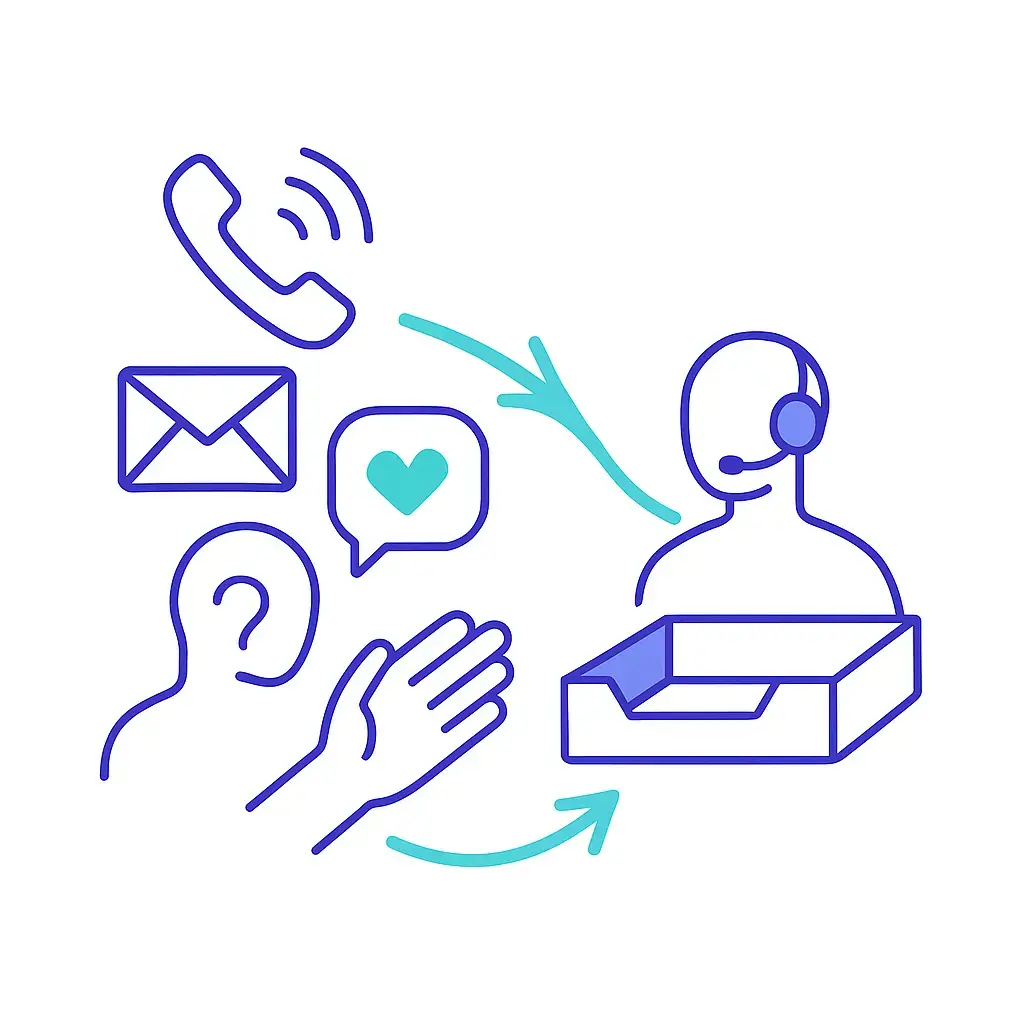
Recognizing your own limits is a hallmark of professionalism.
If the issue requires deeper technical expertise or managerial approval, arrange a transfer without delay.
But don’t just patch it through—execute a “warm hand-off” by summarizing the situation (“I’ve spoken with you about X; now you’ll be connected to our billing specialist, Maria, who can finalize the refund”).
This spares the customer from repeating themselves and maintains a seamless experience. Even as you escalate, reinforce your empathy with a quick, “Thank you for your patience; I’m sorry this took longer than expected.”
Bonus: Invest in Ongoing Training and Tools
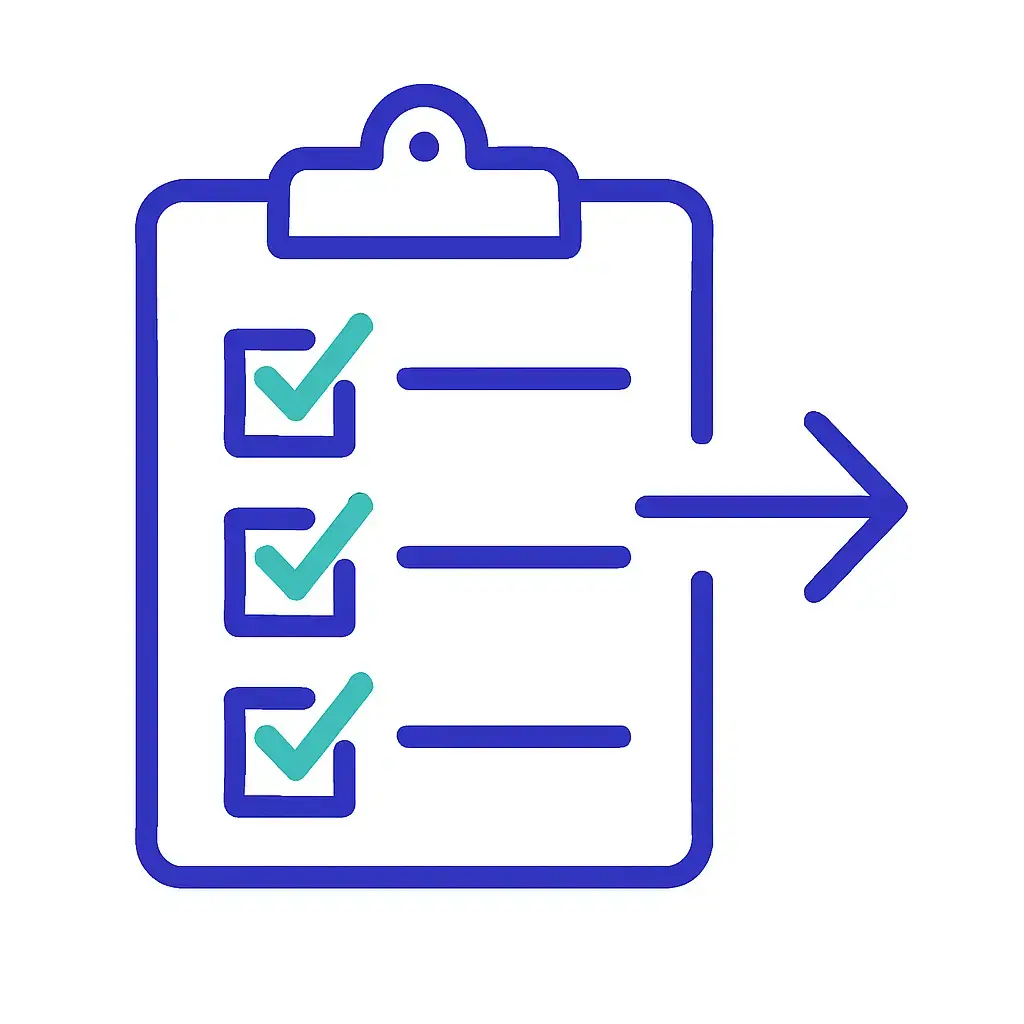
Role-play drills: Regular simulations prepare agents for unexpected scenarios.
Real-time coaching: Monitor calls and provide instant feedback to reinforce best practices.
Call analytics: Identify common triggers and refine scripts to head off frustrations before they escalate.
Handling upset callers takes skill, patience, and dedicated resources. Instead of burdening your in-house team, imagine having a 24/7 squad of trained professionals ready to tackle every irate call with proven de-escalation techniques.
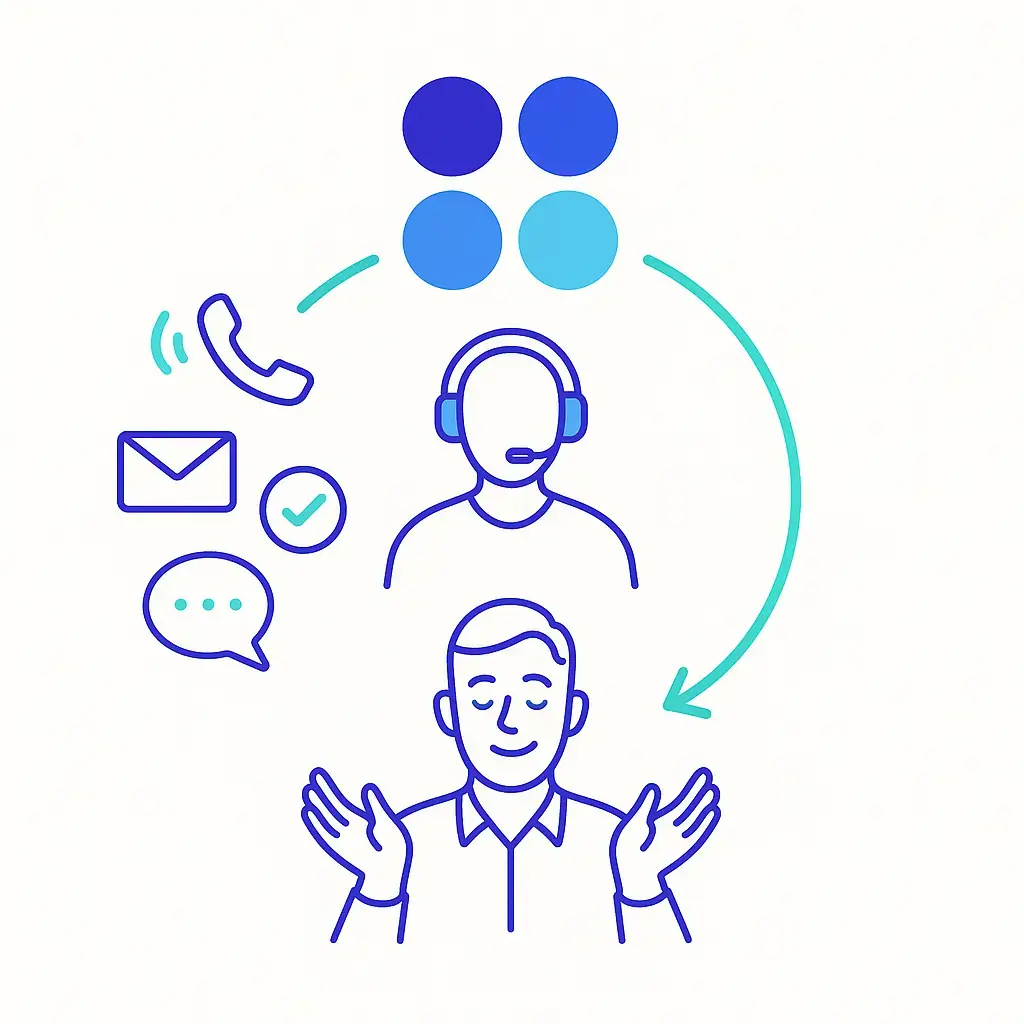
Specialized training: Our virtual receptionists undergo rigorous coaching in empathy, tone control, and conflict resolution.
Scalable coverage: Whether it’s peak season or after-hours emergencies, Go Answer handles every call—no call goes unanswered.
Custom scripts & quality monitoring: We craft brand-aligned call flows and continuously audit interactions to ensure consistently high service levels.
Multilingual support: From English to Spanish and beyond, we help you connect with diverse customer bases.
Seamless hand-offs: When escalation is needed, our team updates your CRM in real time, so nothing slips through the cracks.
Learn why thousands of companies rely on Go Answer.
Try us risk-free for 14 days!
Enjoy our risk-free trial for 14 days or 200 minutes, whichever comes first.
Have more questions? Call us at 888-462-6793
Learn why thousands of companies rely on Go Answer.
Have more questions? Call us at 888-462-6793
If you would like to get in contact with a Go Answer representative please give us a call, chat or email.

Thanks for your interest!
A representative will be reaching out to you shortly.
Have more questions? call us on 888-462-6793